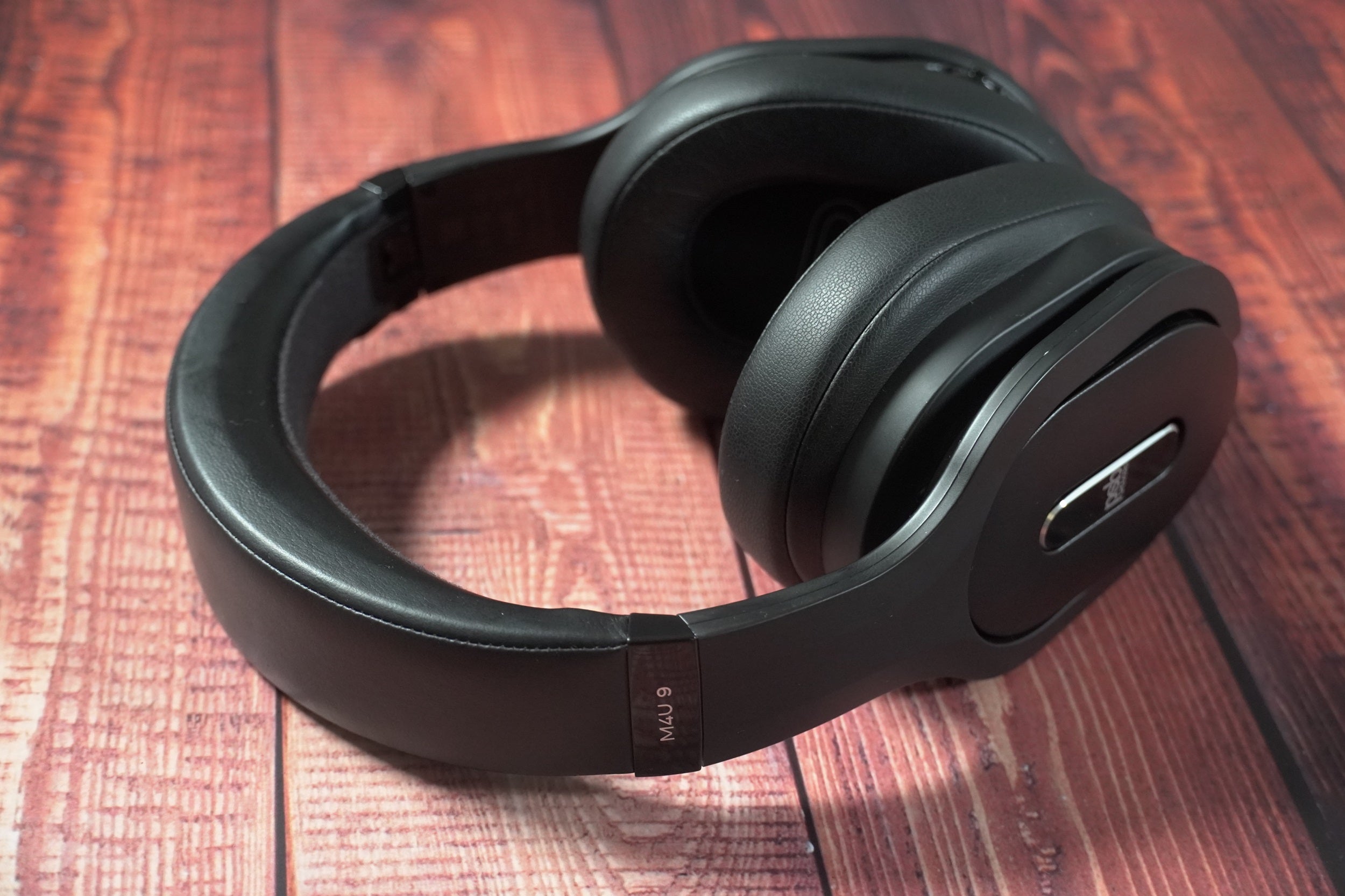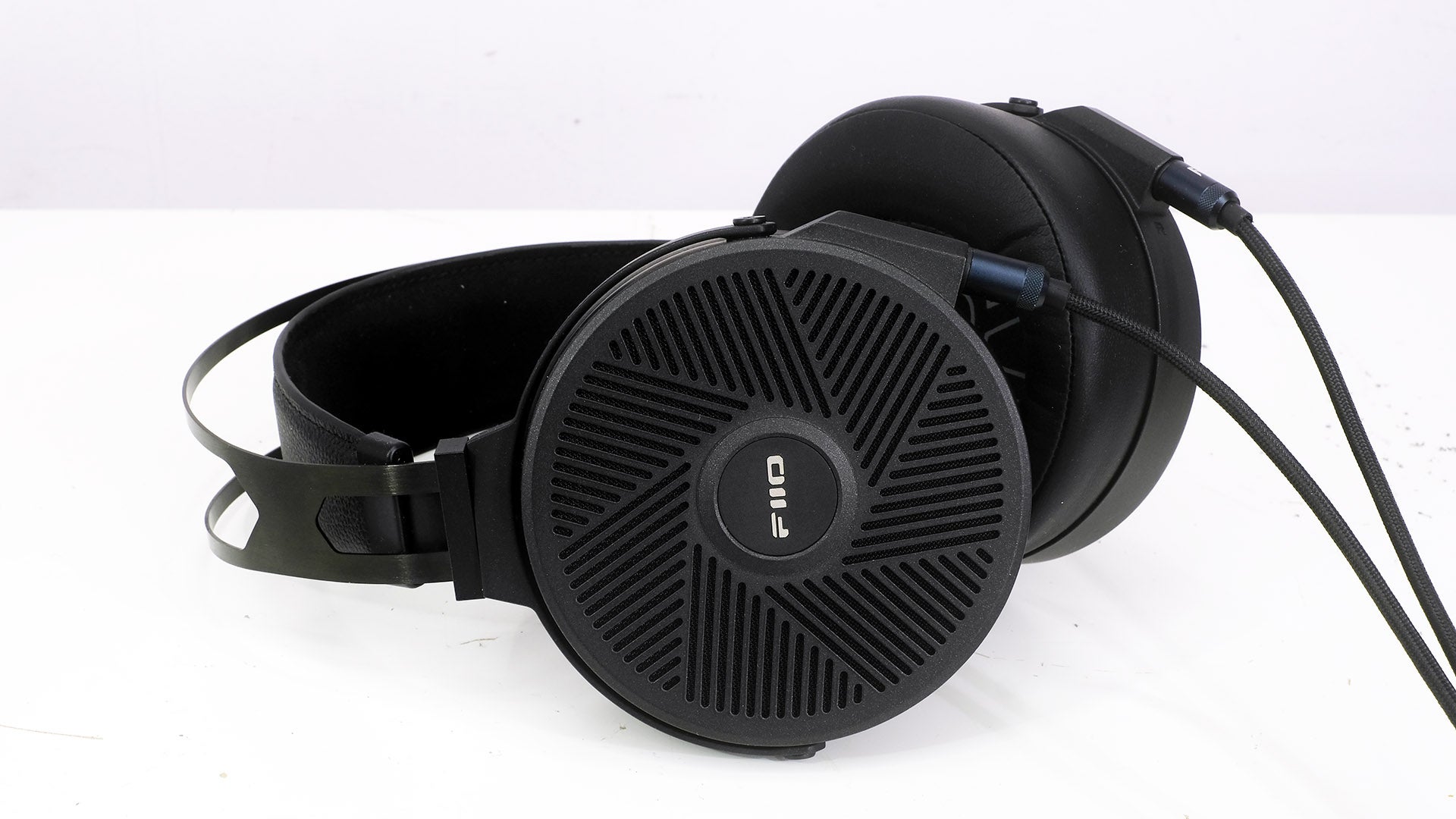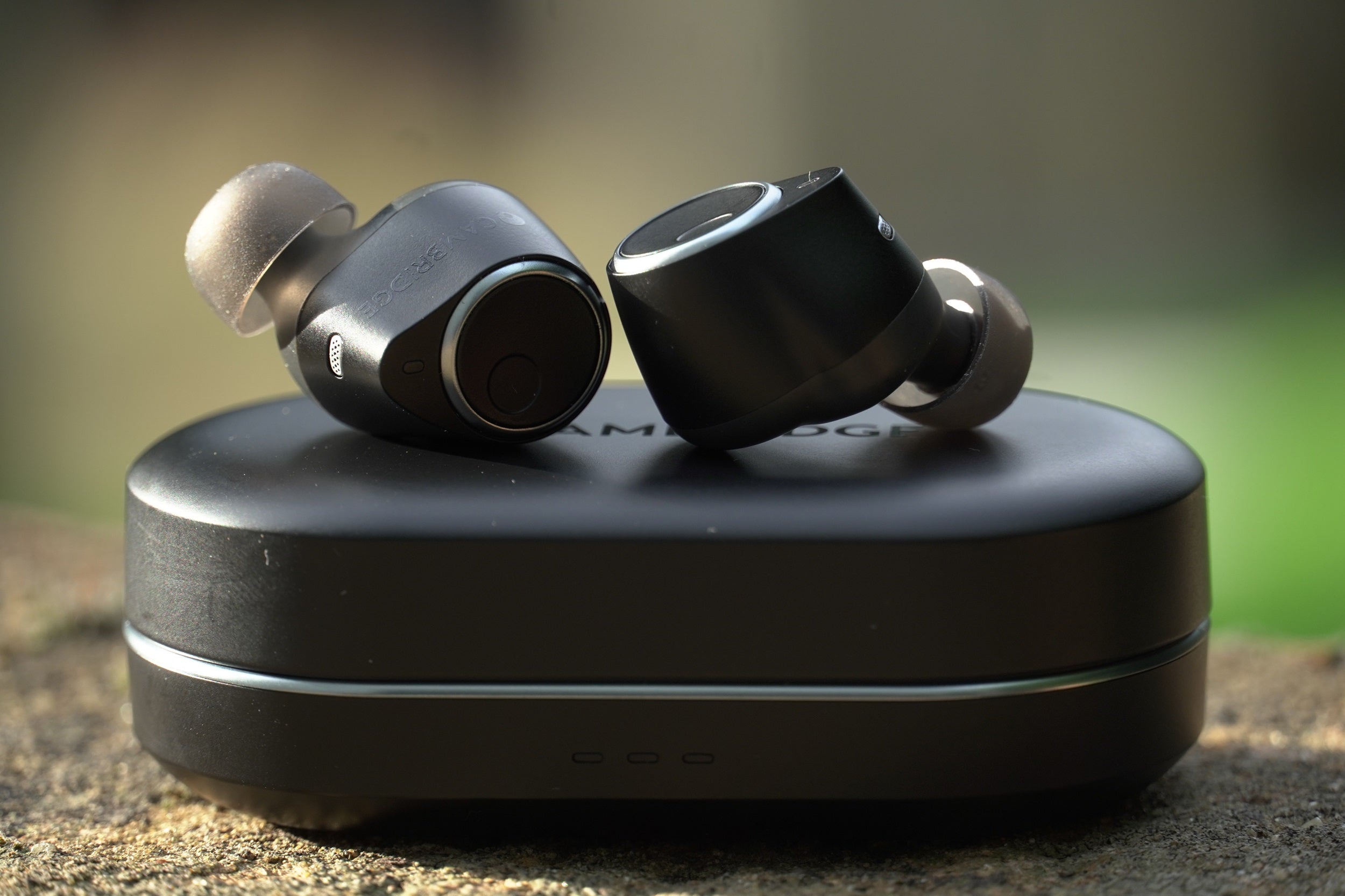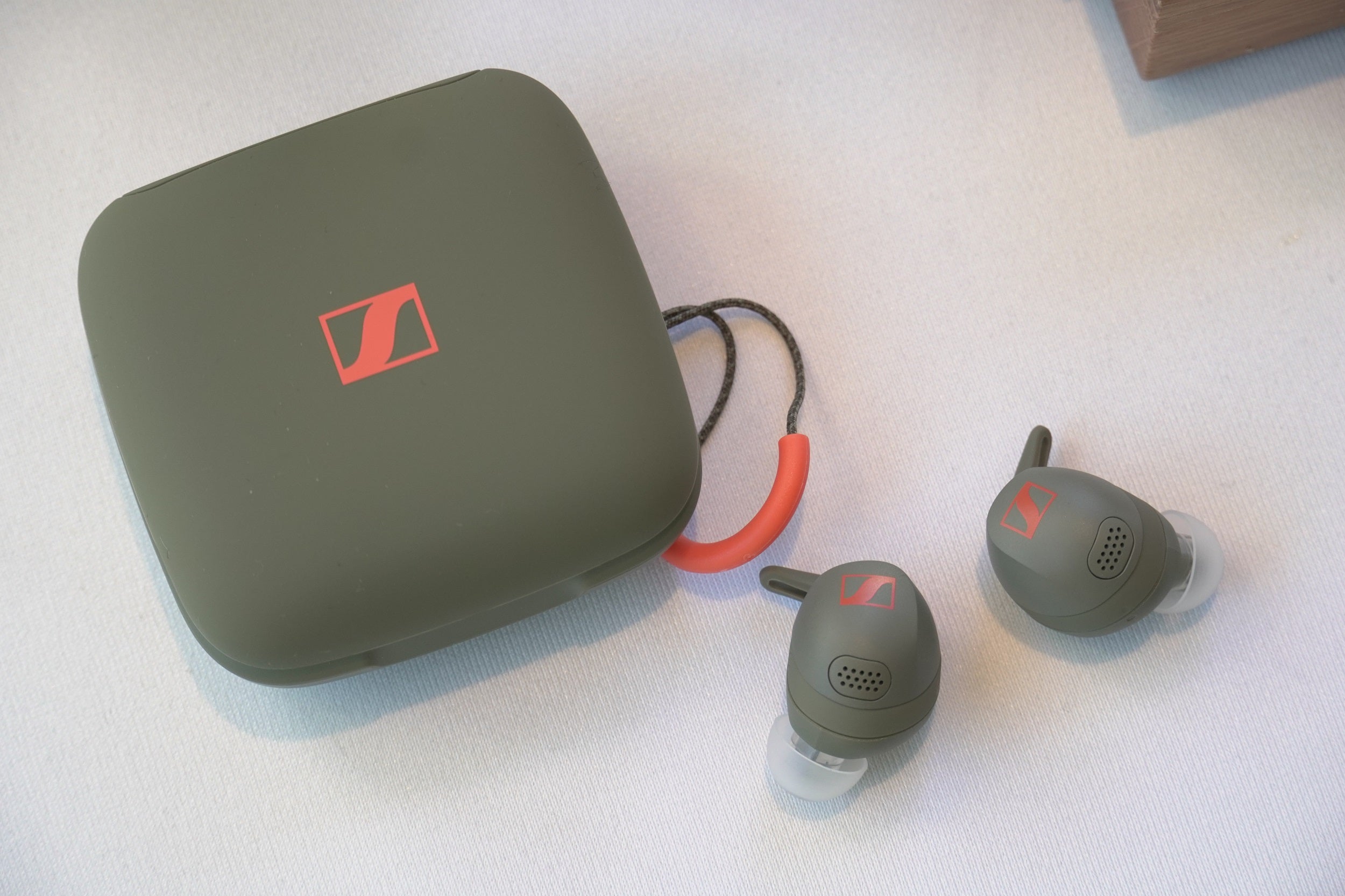Sony WH-1000XM3 Review
Still one of the finest noise cancelling headphones we've heard
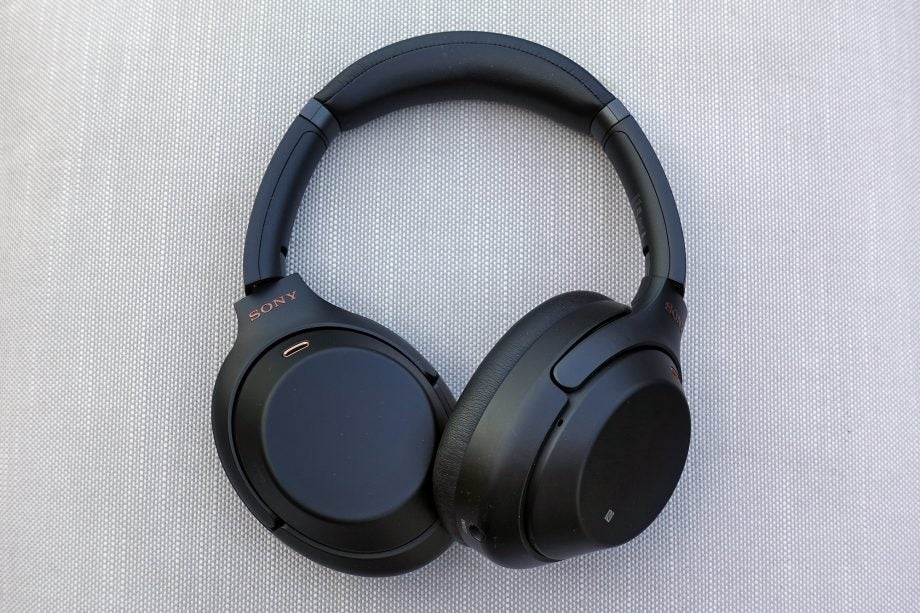

Verdict
Old but not obsolete, the WH-1000XM3 offer fantastic value for their price with a music performance and noise cancellation that’s as good as you can get around its price point.
Pros
- Excellent sound quality
- Fast charge feature is great
- Comfortable fit
- Responsive controls
Cons
- Could do with a touch more detail in the treble
Availability
- UKRRP: £329
- USARRP: $349
- EuropeRRP: €379
- CanadaRRP: CA$499
- AustraliaRRP: AU$499
Key Features
- Quick charge5 hours playback from a 10 minute charge
- Wireless audioSupports LDAC for higher quality audio over Bluetooth
Introduction
There was a time when Bose was the brand to go for when it came to a noise cancelling headphone, and then Sony with its 1000X series upset the apple cart.
Each iteration of the 1000X has improved on what came before, but Sony hit gold dust with the WH-1000XM3 combining excellent sound and noise cancellation into a formidable headphone.
They replaced the already excellent WH-1000XM3 in August 2018, and since then they’ve been ushered out by the WH-1000XM4, which themselves have been replaced by WH-1000XM5.
As you can tell, Sony hasn’t rested on its laurels, but despite being put out to their figurative pasture, they’re still available and have had several price drops. On the Sony website you can find them for £179.
The Sony WH-1000XM3 were one of the finest noise-cancelling headphones around when they first launched, and heading in 2023 they still offer an excellent performance at a terrific price.
Design
- Improved fit over WH-1000XM2
- Subtler profile avoids ‘Mickey Mouse’ effect
- Re-designed travel case
The overall shape and look of the Sony WH-1000XM3 clearly mirror the WH-1000XM2 and the 1000X before them. Any why not? The original was an elegant yet ergonomic design that looked and felt good. But there are a multitude of tweaks that you’ll miss at a glance.
The black version is a little darker, while the ‘Champagne Gold’ of the 1000XM2 is now referred to as ‘Platinum Silver’. The Sony branding and the trim around the noise cancelling (NC) microphones have been coloured in, with the black version getting tasteful bronze accents, while the silver version is more bling-bling with brass highlights.
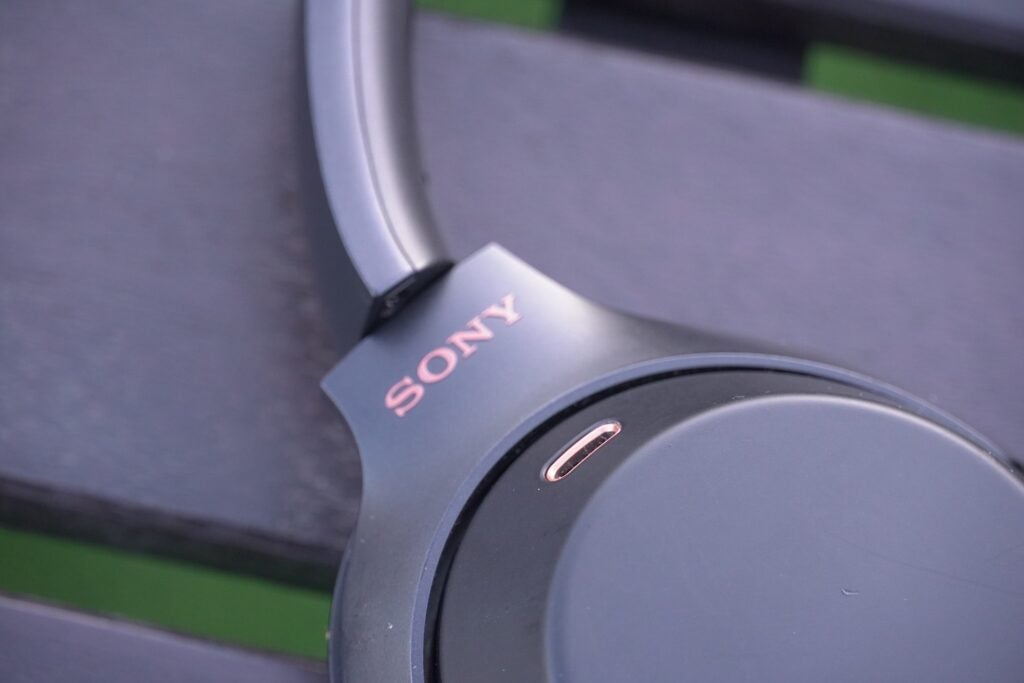
They also have a more subtle profile. The headband bends more acutely and fits closer to the head. That’s to reduce the what Sony calls ‘the Mickey Mouse effect’, where the gap between head and headband makes you look like you have giant, protruding ears.
The Sony WH-1000XM3 are more comfortable to wear than their predecessors, too. I took them onto a two-hour flight and didn’t once feel the need to remove them. At one point I even fell asleep wearing them; the last time that happened, I was wearing the Bose QuietComfort 35 II.
This improved comfort comes from adjustments to padding and weight. The padding is thicker and the overall earcup footprint has been increased by 20% increase. The space for your ears is larger and deeper.
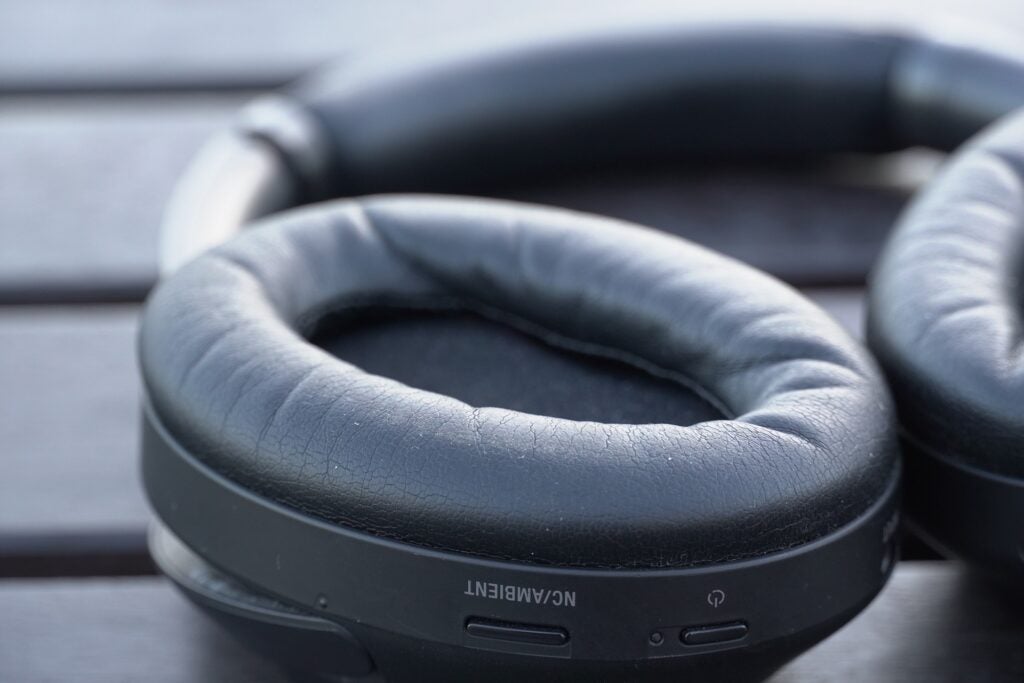
The weight has been shaved from 275g to 255g. That may not sound a lot but give it a few hours and your neck will thank you. The chassis remains primarily plastic. It’s a nicely finished and not tacky. There’s also a smoother and quieter hinge, and the buttons (power/pairing and NC) are more solid.
The Sony WH-1000XM3 has faux leather on the headband and ear cushions. The textured plastic on the back of the ear cups has been swapped a smoother one with a rubbery finish – I’m told that’s to create less noise when they’re used.
This is the only design tweak I’m not so sure about. A textured finish is less likely to show light scratches and fingerprints, especially when you consider these surfaces are interactive (more on that below). Still, treat your headphones well and they’ll stay pretty – I’ve used these for about a week, going to and from work with them on my head or around my neck, and they look fine.
If you’re going to fling the headphones into a bag for travelling, I’d suggest using the supplied case. This has also undergone improvements: the outside has a tougher nylon finish and the inside finally has a compartment for cables.
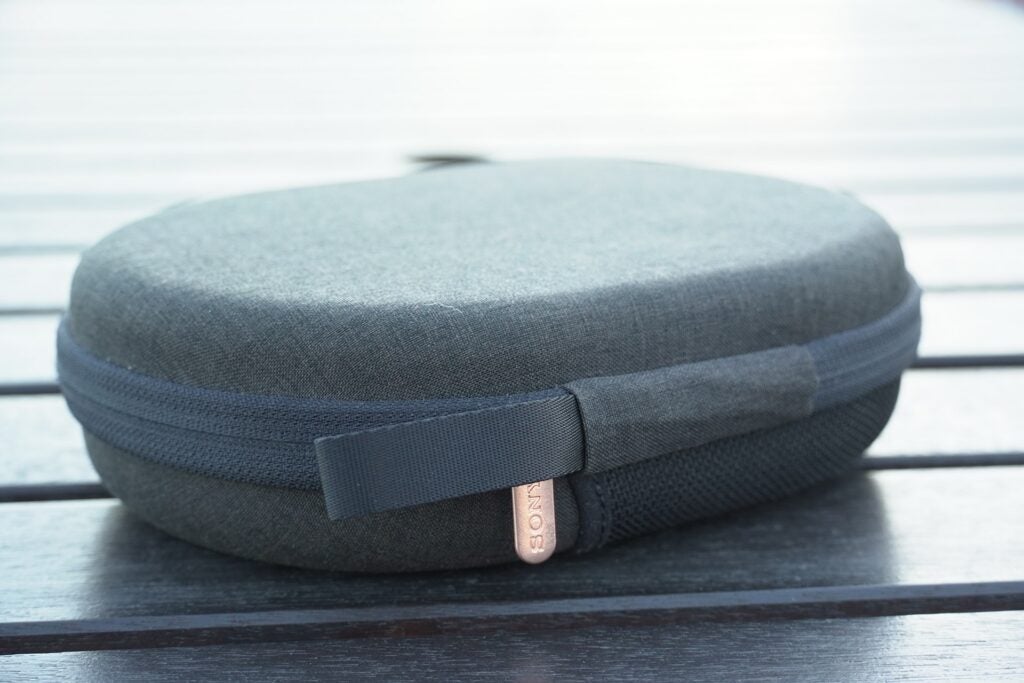
Features
- Support for LDAC and aptX-HD audio codecs
- Improved quick charging
- 30 hours of battery life
- Excellent noise cancellation, with wind noise mitigated
The Sony WH-1000XM3 are among the most feature-packed headphones I’ve tested. Well, the 1000XM2 were – and the 1000XM3 build on top of an already comprehensive offering.
I’ll start with the most significant change: improved noise-cancelling and audio performance. There’s a new chip, snappily named the HD Noise Cancelling Processor QN1, and it boasts four times the signal processing performance than the old chip.
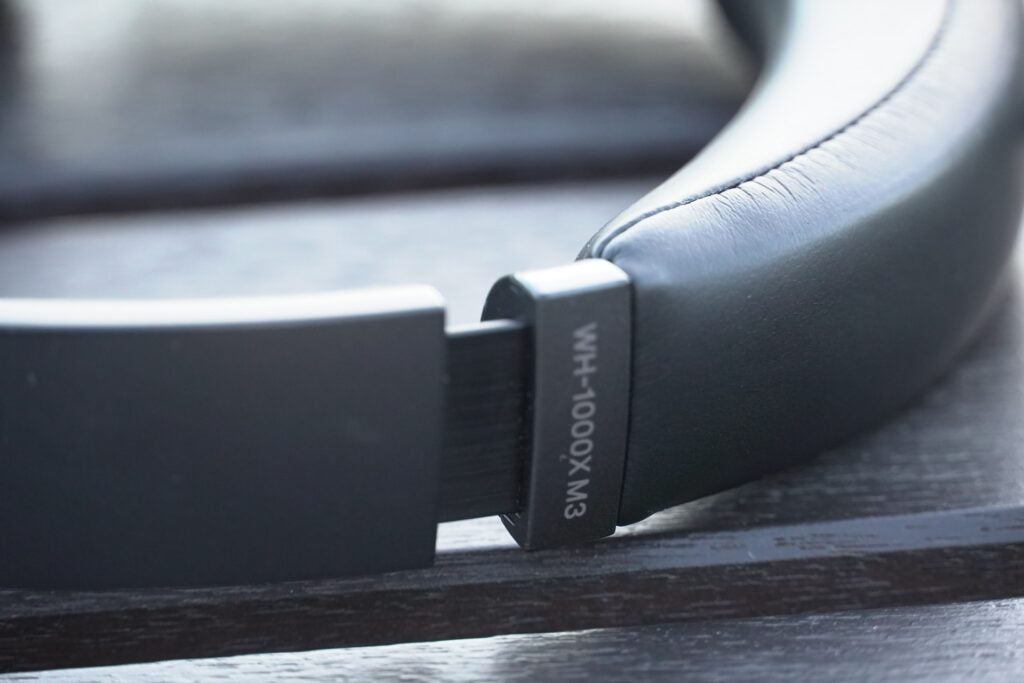
Most noise-cancelling headphones are built to tackle low-frequency sounds such as plane or car engines. The QN1 chip intends to be better at handling mid to high, which means the Sony WH-1000XM3 theoretically do a better job of tackling voices and non-vehicular sounds.
The QN1 chip also benefits audio performance. It can handle 32-bit audio signal processing, and includes a DAC and analogue amplifier on the chip. Sony tells me this leads to a higher signal-to-noise ratio and lower distortion. All the better to make the most of higher quality audio codecs, such as LDAC and aptX HD.
I’d definitely recommend making use of the Sony WH-1000XM3’s capacity for LDAC and aptX HD codecs. If your (Android) device is compatible, these codecs offer a higher data transfer rate, and the difference is very noticeable.
On an Android smartphone, the Bluetooth menu and the Headphones Connect app let me prioritise sound quality or connection stability. The former sent music to the headphones by LDAC, the latter by AAC – which sounds less detailed, less dynamic and more closed in.
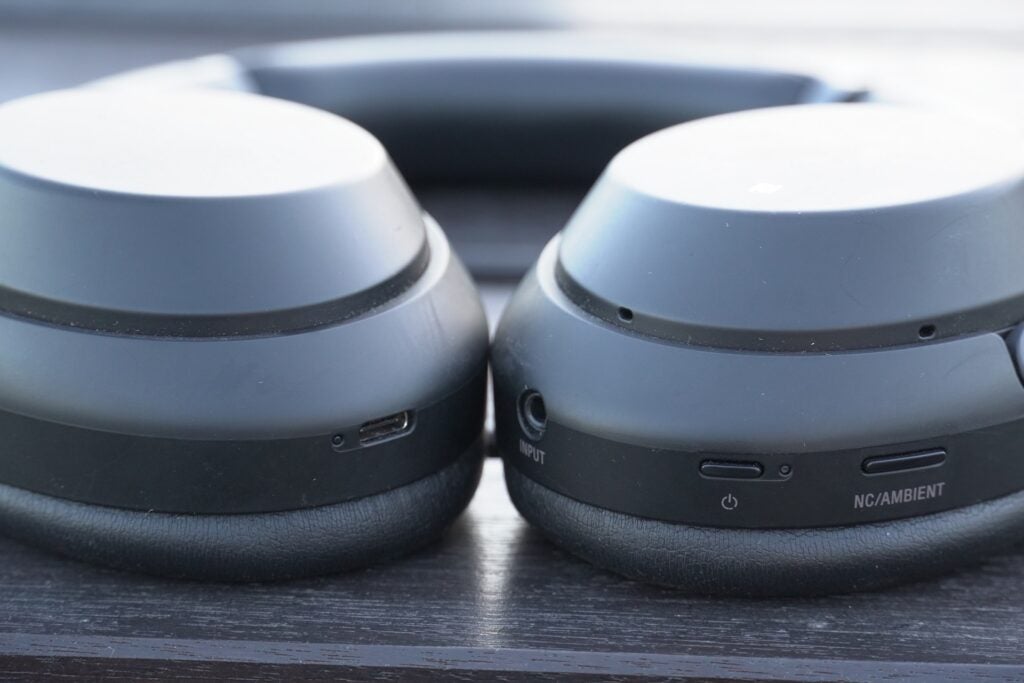
The WH-1000XM3 also features a new charging system. The old micro-USB charging port has gone, replaced with the new USB-C standard. That’s a good decision, primarily as adopters of Android smartphones can now pull double duty with just one charging cable. Although USB-C is a welcome addition, it appears this is just for charging – I couldn’t find a way to use it for music as you can on B&W headphones.
The Quick Charge feature has been drastically improved, too. 10 minutes yields five hours of battery life, as opposed to 70 minutes. A full charge from flat takes three hours, down from four. Battery life stays at 30 hours with wireless and NC turned on.
The automatic power-off feature to save battery when no audio signal is detected, can now be adjusted. Sony’s Headphones Connect app allows you prolong the amount of time you have before the power cuts off. Those who just want the NC without listening to music can turn the auto-off timer off altogether. I can confirm this is great for napping on planes.
Finally for the new features, the left earcup has three extra microphones inside. These are dedicated to capturing your voice (for calls) and are separate from the microphones that are used for NC. Call quality is excellent, voices captured well, and outside noises expertly dismissed. As the person on the other end of the end commented, the performance was “pretty faultless”.
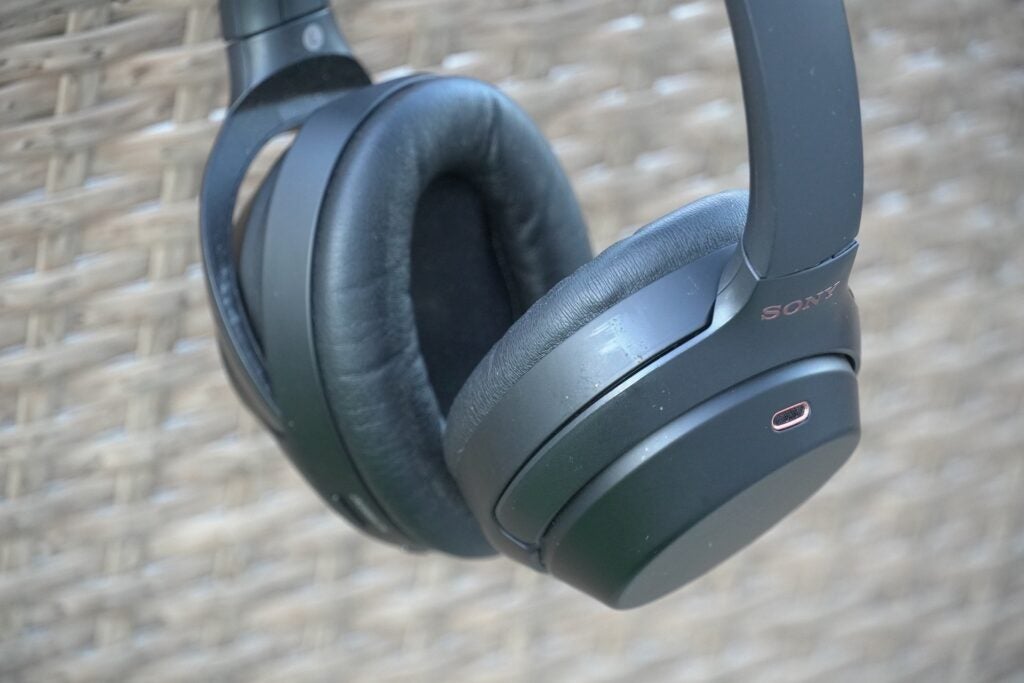
There are some features that follow over from the 1000XM2 and the original 1000X. These continue to be used because they’re just great ideas – and well implemented too.
The back of the left ear cup has an NFC chip for rapid Bluetooth pairing; with Bluetooth 4.2 still the main wireless profile. The right ear cup has a touch-sensitive control pad so you can swipe left and right to change tracks: up and down to change volume, and double-tap to play or pause. The touch pad is more responsive than on previous generations.
Hold your palm over the pad and you’ll activate the Quick Attention mode, where your music is turned down and the sounds of the outside world are let in. That’s ideal for a quick chat with the flight attendant or hearing a train announcement without taking them off.
By default the NC is turned up to maximum, but you can tweak this in the app. Even better, the headphones work with the motion sensors in your phone, and can offer different levels of NC depending on whether you’re sitting still, walking, running or commuting.
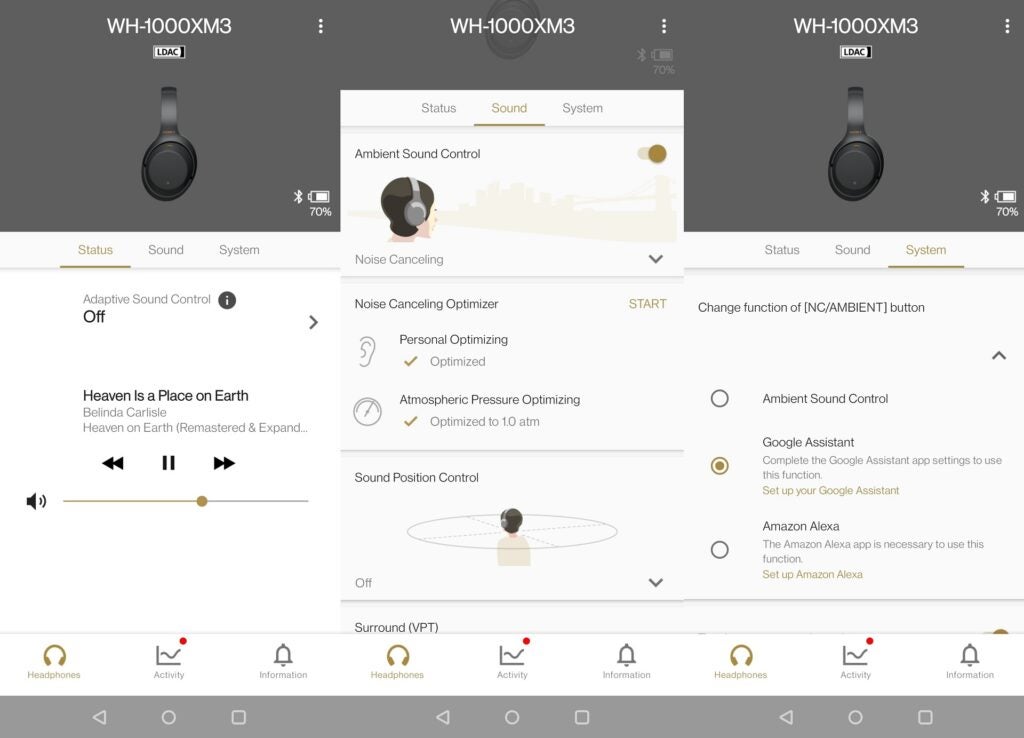
I’ve set the ‘walking’ option to 50% NC so I can have some situational awareness while going around town on foot (and not risk being run over). I want the full NC treatment on noisy trains, however. The automation works: soon after getting on a train, I hear the headphones go ‘ping’ and ramp up the silence.
There’s also a handy Personal NC Optimizer function, which analyses the shape of your head and detects if you’re wearing glasses or if you have big hair. The headphones cater the noise cancellation to you by playing a series of test tones and working out what’s happening around your ears.
I wear glasses half the time, which means the headphones’ cushions don’t form a perfect seal around my ears. To my ears, the Optimizer makes a difference in improving the quality of noise cancellation.
The Optimizer is also said to factor in atmospheric pressure, but I’m not so sure. Apparently changes in pressure can impact the effectiveness of noise cancellation.

I tried the Optimizer on the ground and the Headphones Connect app gave me a reading of 1.0 atm (standard atmosphere). When I tried it again at 35,000ft in the air, the reading dropped down to 0.8 atm. Clearly the headphones thought there was a difference, but I didn’t hear the NC behave any differently.
The WH-1000XM3’s noise cancellation is so good it feels a little supernatural. Whatever magic Sony has put into the QN1 chip, it absolutely works. There is no exaggeration in Sony’s claims of improved mid to high frequency handling.
I first tried the 1000XM3 on a busy trade show convention floor packed with journalists and engineers nattering away, and I compared them to the 1000XM2. The old ones were no slouch, but the WH-1000XM3 are a clear improvement. The reduction in the volume of voices was remarkable.
That was mostly background noise, however, since I didn’t have anybody yapping away right next to me. The real test was when I took them onto a flight. With the headphones on, I could tell there were a couple of excited teenage girls speed-talking right behind me, but the NC greatly diminished their presence and made it much harder to pick out individual words.
The roaring plane engines probably helped with that, but I can’t be sure, since I couldn’t hear them either. Pretty good, I thought, until we landed and I stood up to find were not just two girls behind me – there was a whole class of them on a school trip. Basically, the Sony WH-1000XM3 managed to reduce about 20 noisy teens to two.
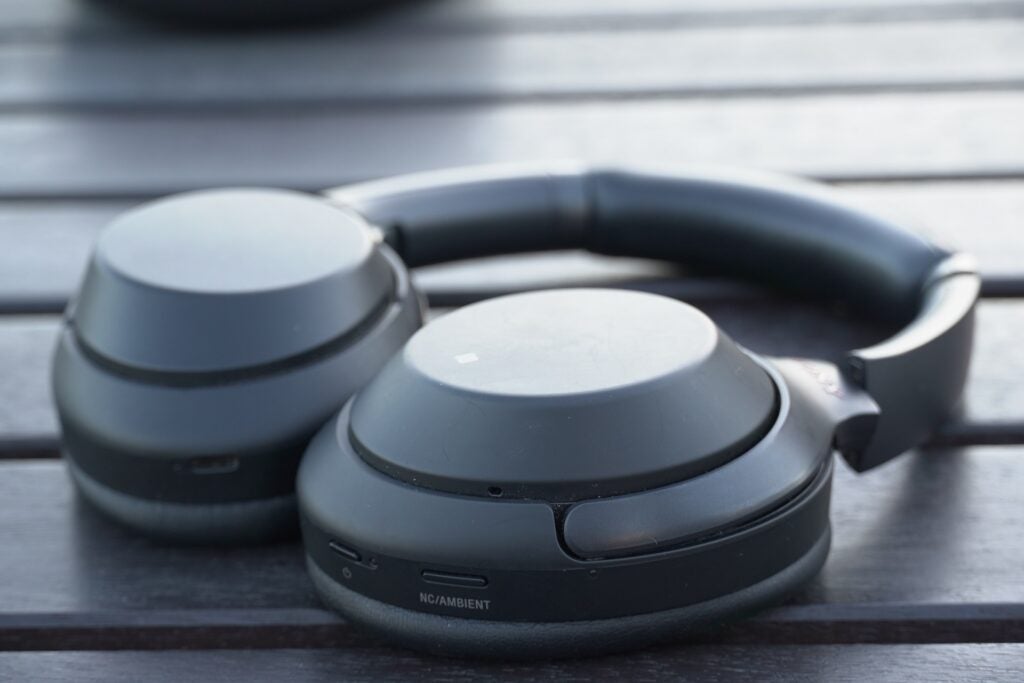
I took the test into the office to face a different set of audio challenges: the collective keyboard clattering and the HR-worthy comments my colleagues fling at one another. With the 1000XM3 on, I didn’t hear a word of it.
Finally, I put on the Sony WH-1000XM3 and stood by a busy roundabout, teeming with noisy London buses and taxis. Not one vehicle managed to interrupt my music, which I didn’t even have to set to loud. Oh, and wind noise – bane of every pair of NC headphones I’ve ever tested – is much less of an issue.
Unless you’re going through an area of particularly high radio interference, I’d recommend sticking to the higher sound quality option. The shielding on these headphones is excellent anyway – other than a few brief blips I’ve yet to experience a significant dropout wearing these headphones
Sound Quality
- Addition of analogue amplifier improves sound
- Versatile sound
- Wide soundstage
- ANC doesn’t affect how music sounds
As for music playback, the addition of an analogue amplifier has also worked wonders. I was already a big fan of the 1000XM2, but the Sony WH-1000XM3 are clearly better, producing a cleaner, firmer sound.
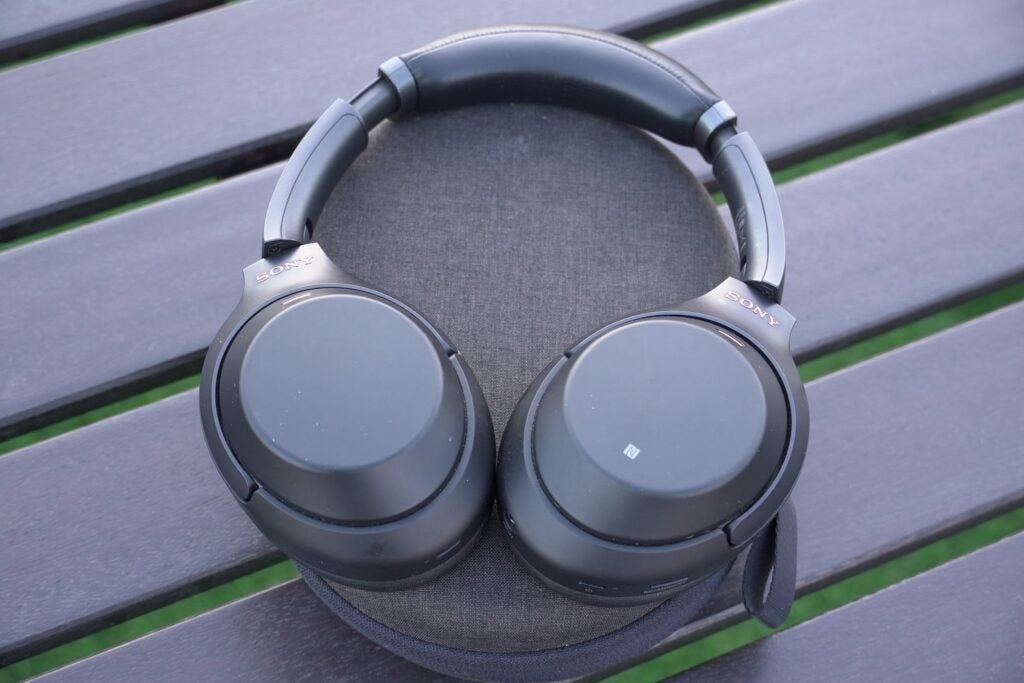
Instruments and vocals are all fuller and better defined. Everything comes across more clearly and deliberately. The bass department, in particular, is bolder and offers a greater sense of attack. There’s a real sense of vitality to the way Ry Cooder hammers the ivories in Buena Vista Social Club’s Pueblo Nuevo.
That’s not to say everything is hyperactive and strong – there’s delicacy and grace where necessary. These headphones have no problem shifting gears from System of a Down’s loud and obnoxious Cigaro to Devendra Banhart’s sweet and low-key Ballad of Keenan Milton.
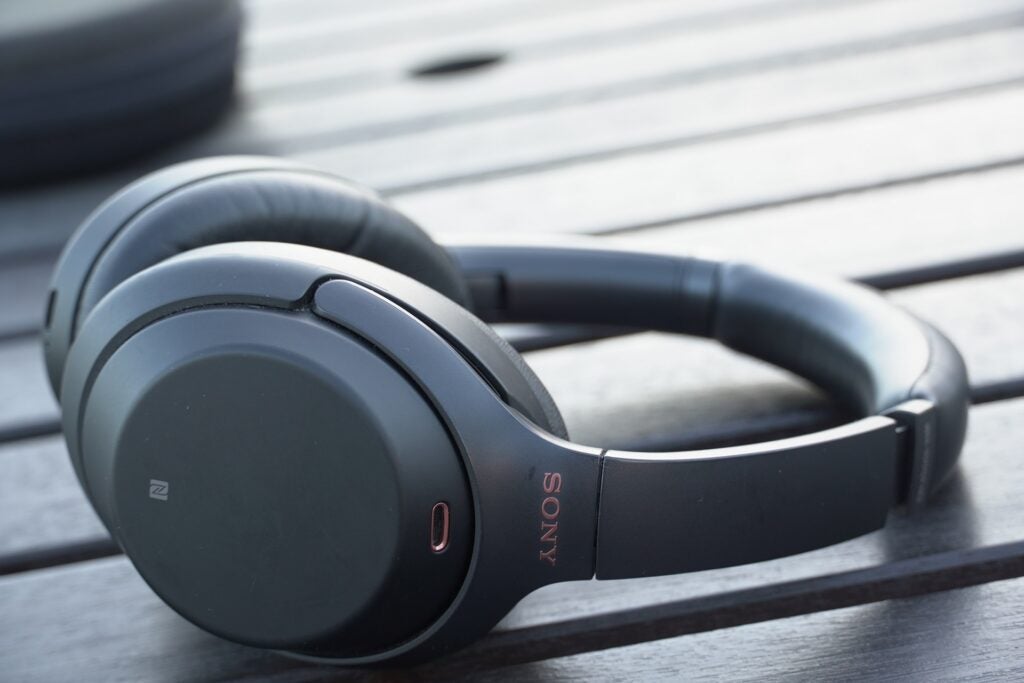
There’s also a greater sense of space. It’s a bigger, more open sound. Instruments have more room to breathe, rather than jostle for attention. Separation is better than ever, but it never goes so far as to be clinical or disjointed – various elements complement each other nicely.
None of that has affected Sony’s signature energy and rhythmic precision. Factor in hard-hitting dynamics and this is one hell of an entertaining listen. If I had to nitpick, I’d say the Bowers & Wilkins PX has more detail at the top end, but I’d happily lose a little texture for the overall effect the Sony 1000XM3 achieve.
Latest deals
Should you buy it?
You want all round appeal The WH-1000XM3 remain an excellent buy, with a rich, energetic sound and convincing noise cancellation. For less than £200 they are superb.
You can afford better The WH-1000XM3 were superseded by the XM4 in 2020, and they are better in pretty much every way and on some retailers they’re around the same price.
Final Thoughts
With the WH-1000XM5 available, you’d have though that a headphone as ‘ancient’ as the WH-1000XM3 would be left out to pasture. But they are still here and remain as good as ever.
The latest versions offer a more nuanced audio performance and improved noise cancellation but take nothing away from these headphones. Call quality is excellent, the wireless performance is superb, the noise cancellation impressive and the rich, musical sound engages. Pound-for-pound you won’t find a better option for less than £200 than the Sony WH-1000XM3 – a classic pair of wireless headphones.
How we test
We test every headphone we review thoroughly over an extended period of time. We use industry standard tests to compare features properly. We’ll always tell you what we find. We never, ever, accept money to review a product.
Find out more about how we test in our ethics policy.
Tested for a week
Tested with real world use
FAQs
The Sony WH-1000XM4 are the better pair of headphones. They sound more detailed and precise, feature a few convenient talk-through features such as Speak to Chat, and the noise cancelling can deal with voices with more suppression.

